I hosted the first braai soon after my husband and I relocated to Cape Town from Los Angeles. I had already been braai-initiated—at people’s homes, beside rugby fields, in a park, even in a parking lot. In fact, simply being in any residential area on a weekends means inhaling the intoxicating aromas. But I couldn’t quite understand what this love was about. While the cooking itself is fairly quick, the event that bookends it is long and leisurely; it takes forever to get to the meal.
We set the table on the veranda outside our apartment, eager to use the braai I’d bought for my husband’s birthday. Thirty minutes before his family arrived, in typical Cape Town meteorological fashion, the wind picked up and the sun disappeared. In its place came rain, propelled diagonally by a cold South Easter. We moved our plastic table and chairs inside so they wouldn’t be blown from the roof; but that didn’t stop the braai.
We were wet, chilled to the bone with my right hand nearly frozen to an icy can of cider, as we grilled steak, lamb chops and boerewors (farmer’s sausage). The whole thing took hours. But in the process, we laughed, commiserated, argued about politics, and caught up on family news. It was the first time I considered that the South African love affair with braaing has more to do with carving out time—about being outdoors and the social act of cooking, eating and drinking together—rather than a perfectly cooked piece of meat.
South Africans call it kuiering.
To kuier—in Afrikaans, means “to visit,” but it’s also a word with a much deeper meaning. To chat, to be together, to partake in hospitality, to commune over food and drink. If fire is the fuel, kuiering is the spirit of the braai, and this relaxed approach to braaing cuts across South African subcultures and regions.
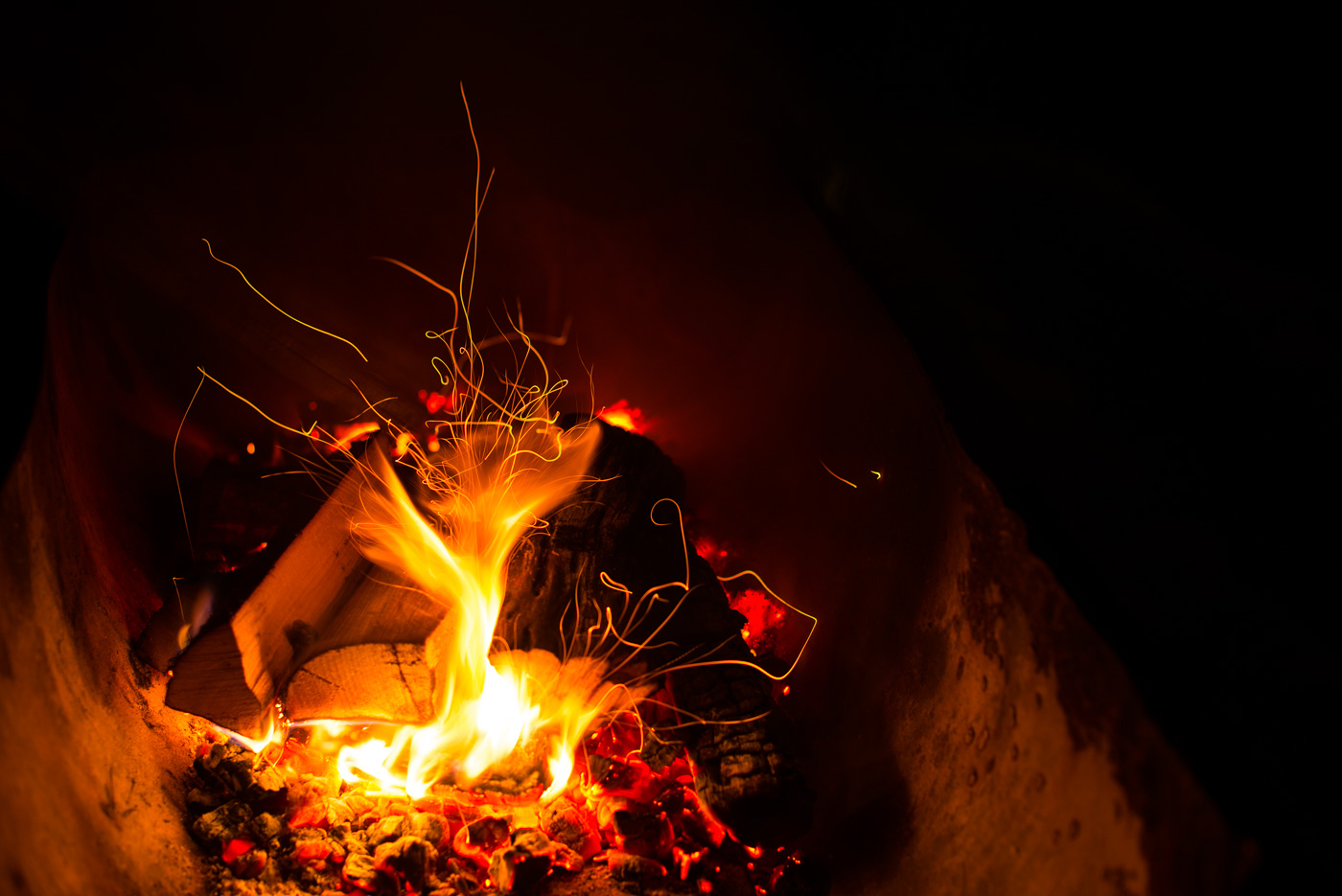

——
Cooking meat over a fire was nothing new to indigenous South Africans when European settlers arrived in the seventeenth century and claimed it as their own. The local inhabitants had been doing it for several thousand years. The word braaivleis (which translates to “roast meat”) is Afrikaans, the language that would develop in the Cape from the Dutch settlers’ mother tongue, and spread northward with the Great Trek of the white Afrikaners. These days, braaivleis is often shortened to braai.
Meat is fundamental to a braai, and there are usually several kinds, despite being a luxury. The two most nationally revered braai meat dishes today—boerewors and sosaties—harken to pre-refrigeration days when seasoning was often employed to extend shelf life.
Boerewors is a sausage made from beef and pork, lamb or venison, and flavored with dry spices—usually coriander, allspice, nutmeg and pepper. It is as much an edible symbol of South Africa as is the American hot dog. Sosaties are golden-tinged kebabs (traditionally lamb, but these days they can also be beef, pork or chicken) marinated several days in advance in a complex cooked curry marinade.
Both have their roots in the early Cape and the influence of the Dutch, French Huguenots, Germans, Asians, and indigenous Khoi. Originally settled by the Dutch East India Company as a refreshment station between Europe and the East on the Spice Route, Cape Town was a repository for spices, as well as the slaves taken from modern day Indonesia who knew how to use them.
Over time, braaing evolved from survivalism—a necessity for those living nomadic and pioneering lives—to a form of entertaining. Afrikaans food writer Errieda du Toit first notes the development of braaing as entertainment in the writings of popular culture from the 1930s. She translates from Afrikaans a descriptive passage from a 1937 Huisgenoot (a popular family magazine) clipping pasted into her grandmother’s recipe book. It suggests: Entertain your friends on a braaivleis. It would be a sin to be inside on a warm summer night when you could be outside.
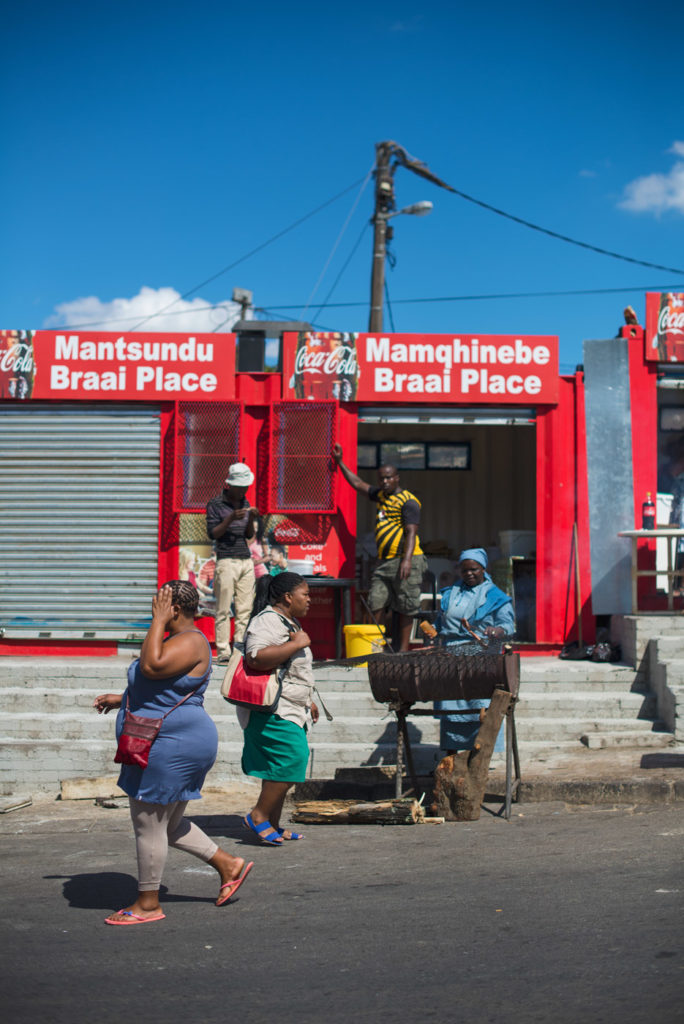
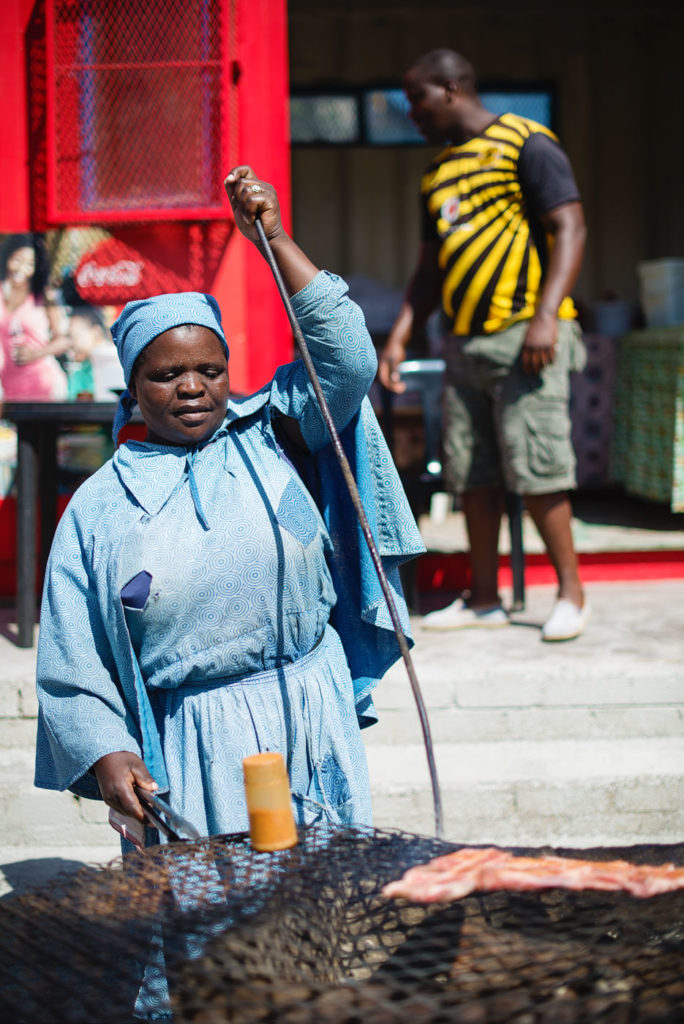
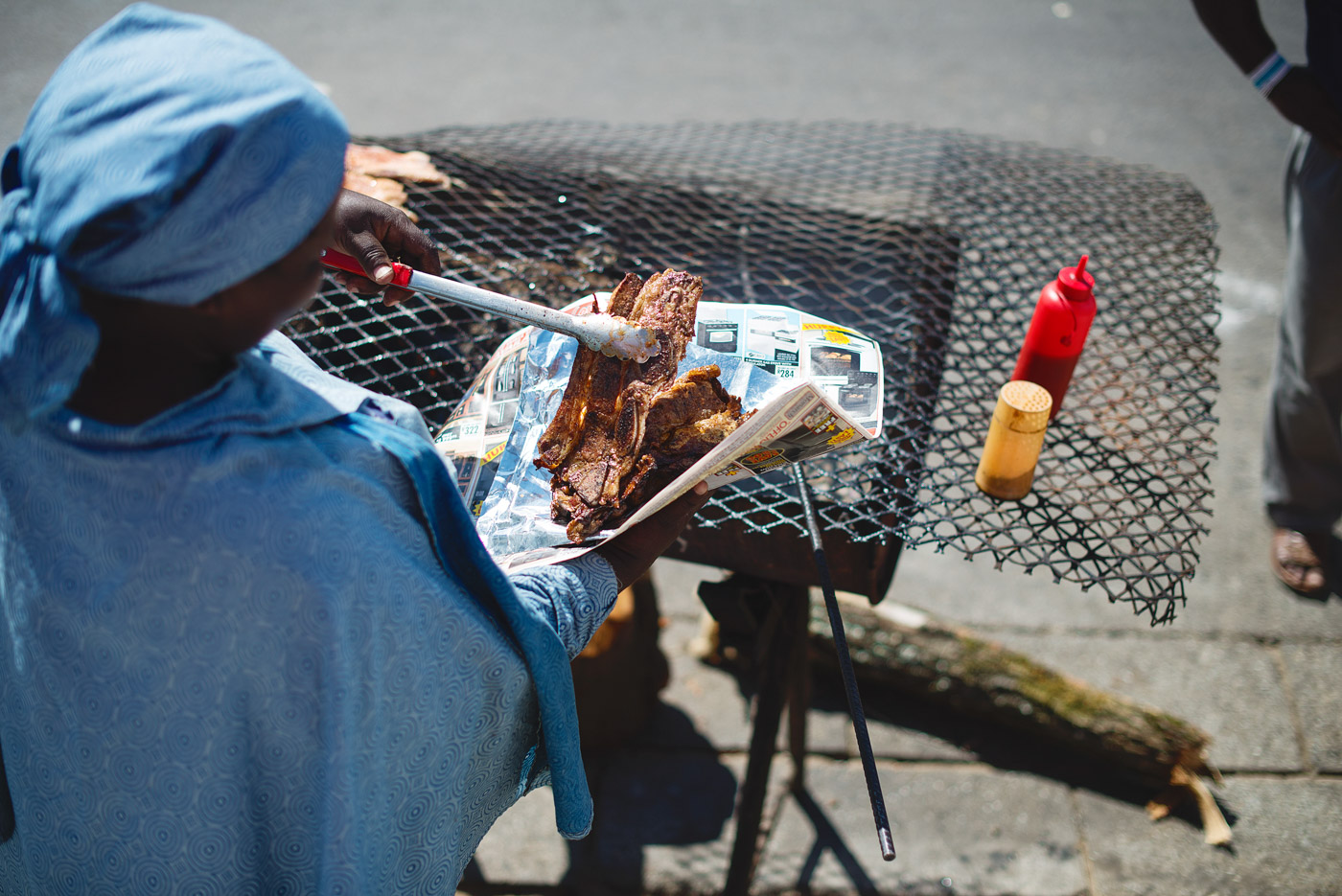
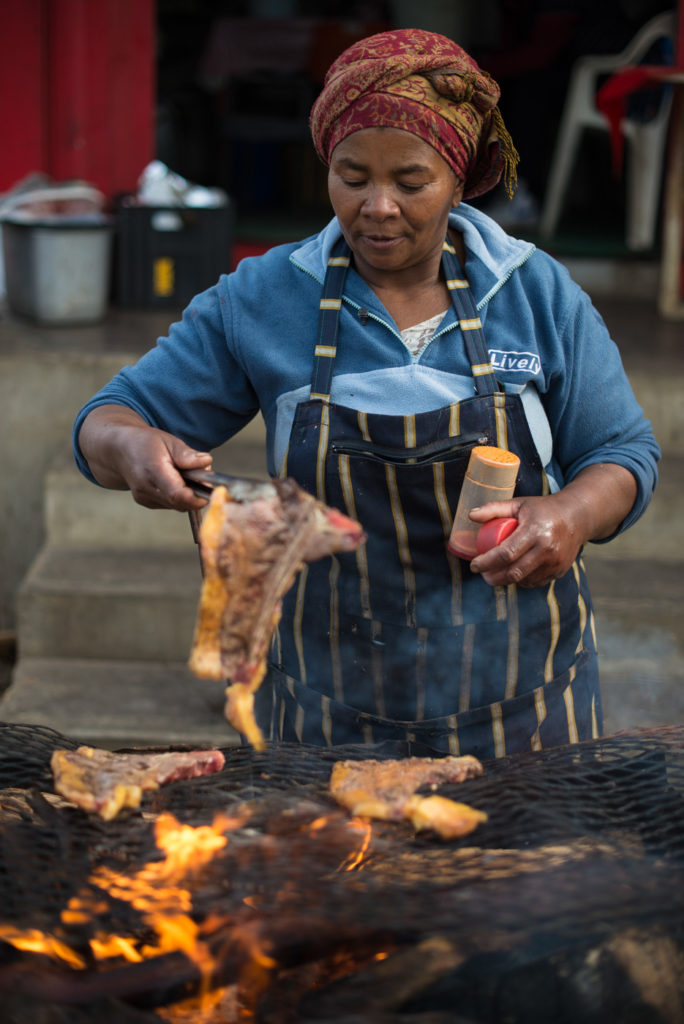
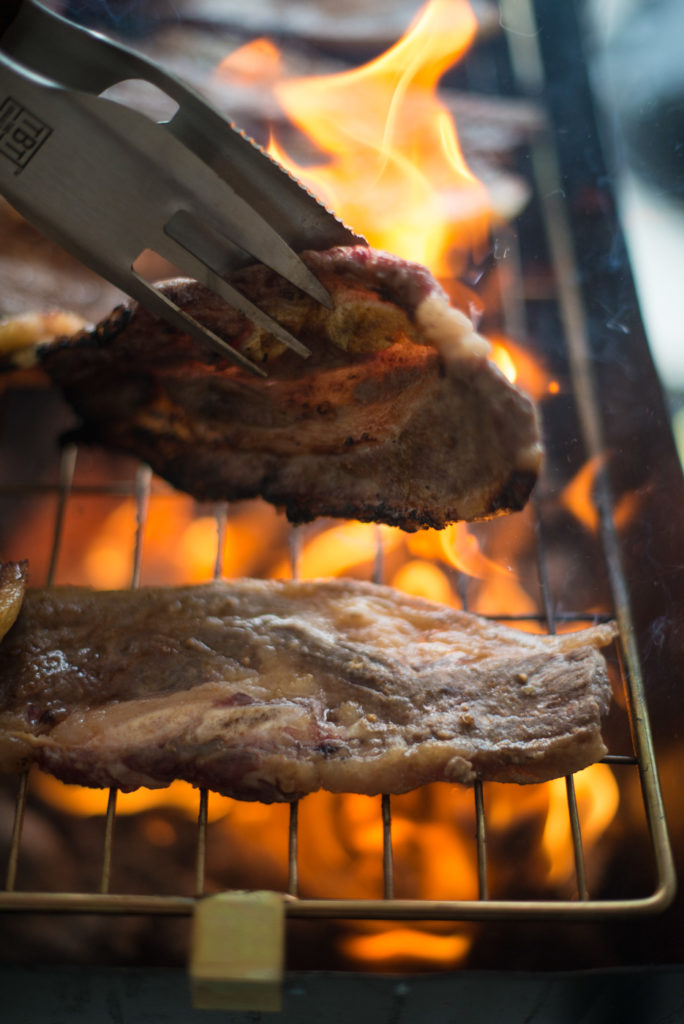
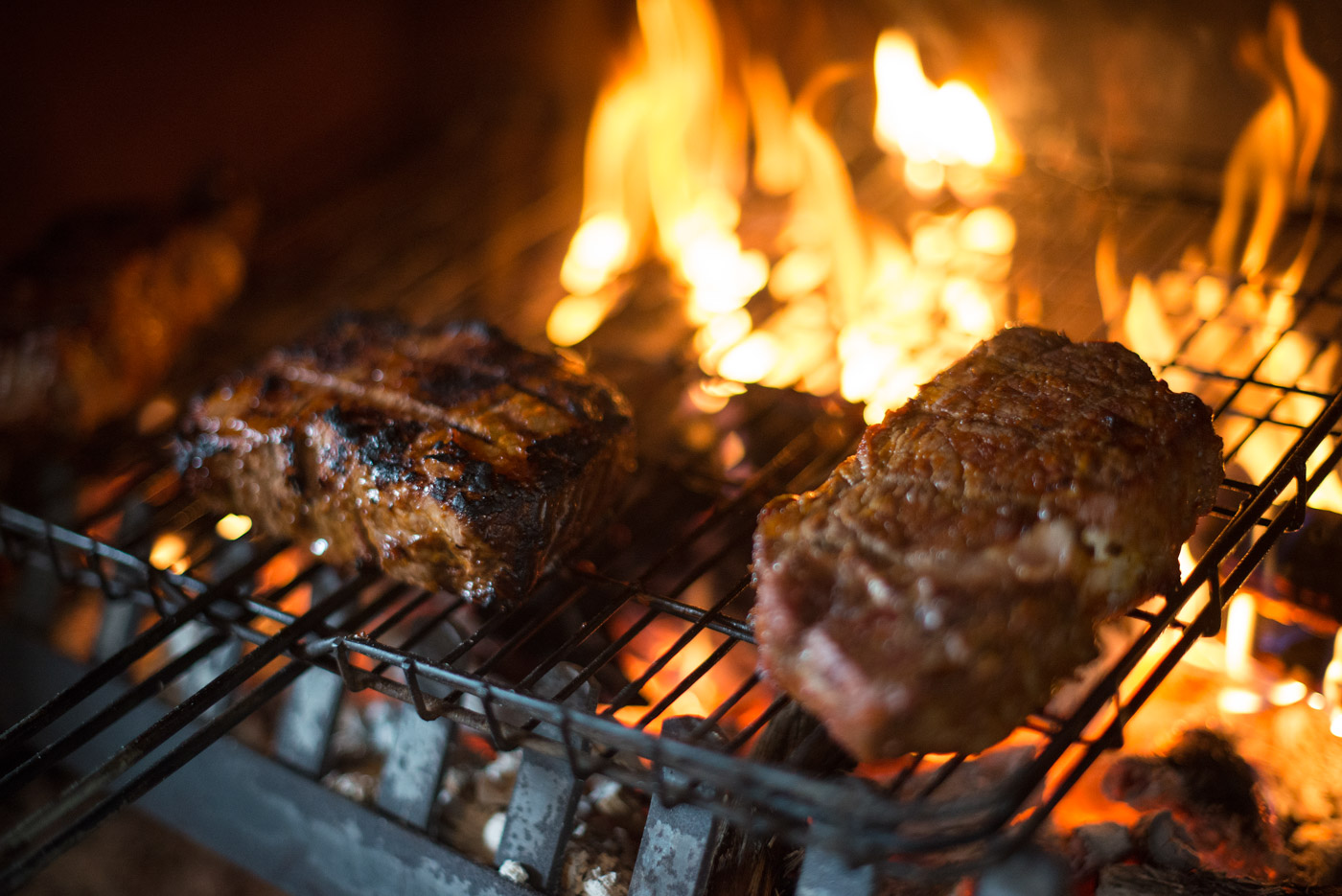

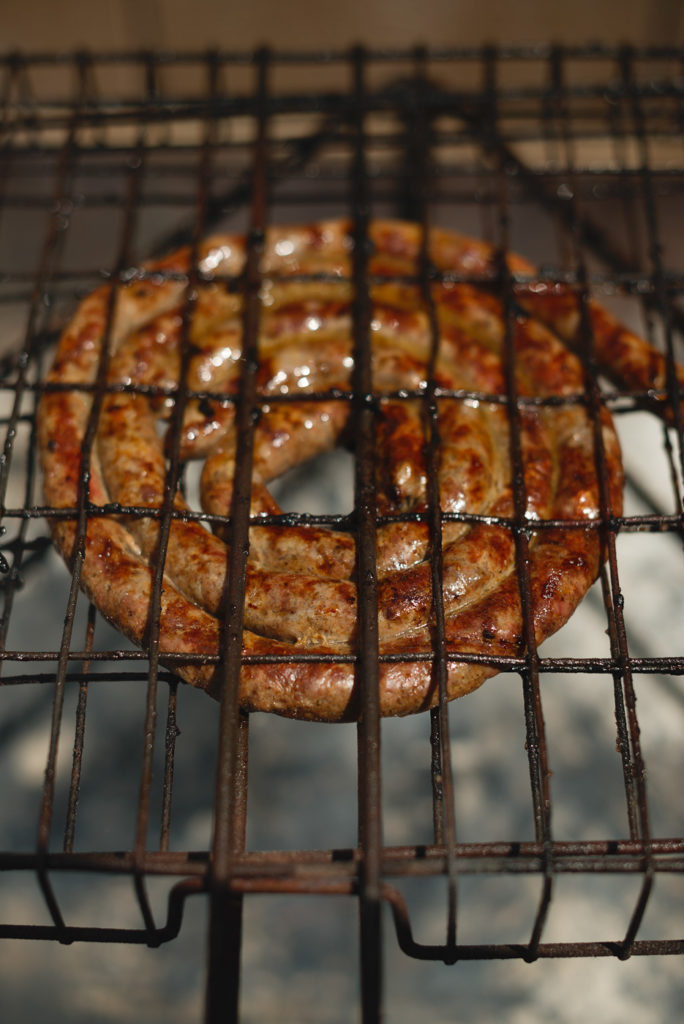
“The fact that this was in Huisgenoot and was pasted in this book by my grandfather was an indication of its significance at the time,” says du Toit. “Suddenly, braaing can actually be stylish entertaining.”
Technology and globalization further propelled braaing as entertainment over the next eighty years. With the advent of convenience and canned foods in the 1950s and ‘60s, braai tables were enhanced with colorful molded salads formed in Tupperware dishes. Beets, carrots, even mustard, to name a few. “And everything was encased in jelly,” says du Toit.
In the late ‘60s and ‘70s, the practice of potjiekos—stewing in a cast iron pot over a fire—was revived, a camping practice brought to the home braai, and in the 1980s, the Weber kettle braai was introduced to South Africa. Along with the Weber came different methods of cooking, and charcoal, which began to compete with wood as fuel. Around the same time, the braaikamer—a covered outdoor braai room—became a trend in suburban homes, eliminating weather as a potential dealbreaker.
Du Toit is adamant that the mere act of grilling over a fire does not make a braai. When she and her husband decide to host a braai, they agree beforehand with friends that this will be a “Bring and Braai”—each guest will bring something that falls into the classic braai food category.
For du Toit, a Bring and Braai starts with snacks cooked and eaten directly off the braai. These could be skilpadjies (lamb liver wrapped in caul fat) or skaapstertjies (mutton tails basted with lemon). For the main course, there will always be boerewors (each guest will bring some), lamb chops (loin or rib), lamb sosaties, and usually lamb rib. The rib is plainly seasoned with salt, pepper and coriander, and once carved, will be passed around the table with a jammerlappie—a damp cloth for everyone to wipe their fingers on.
There will be potatoes grilled directly over the coals. And roosterkoek—bread rolls baked on a grid over the fire—served with butter and good apricot jam, or braaibroodjies, which are cheese, onion and tomato sandwiches on basic white bread, grilled over the fire in a hinged double braai grid. At the salad table, a couple of retro salads, either layered or jellied, potato salad (topped with chopped egg yolk), and Greek Salad—the queen of South African green salads.
“It is all very laid back—not to impress,” du Toit says. “We sit back and we are so happy—stress free. This is the language we all understand.” This is the social significance of braai culture.

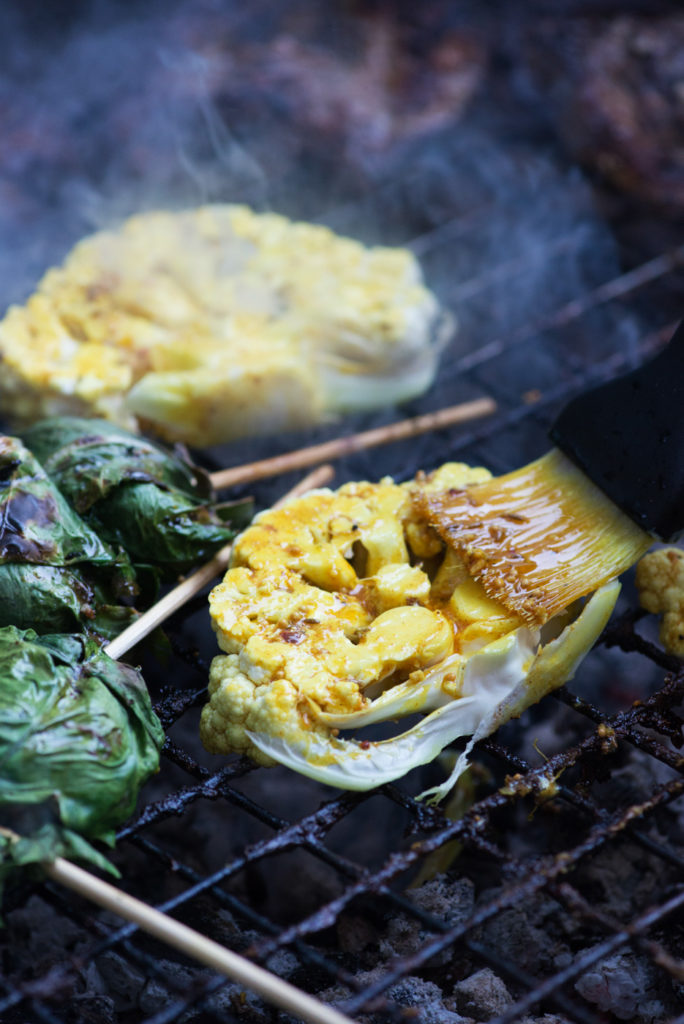
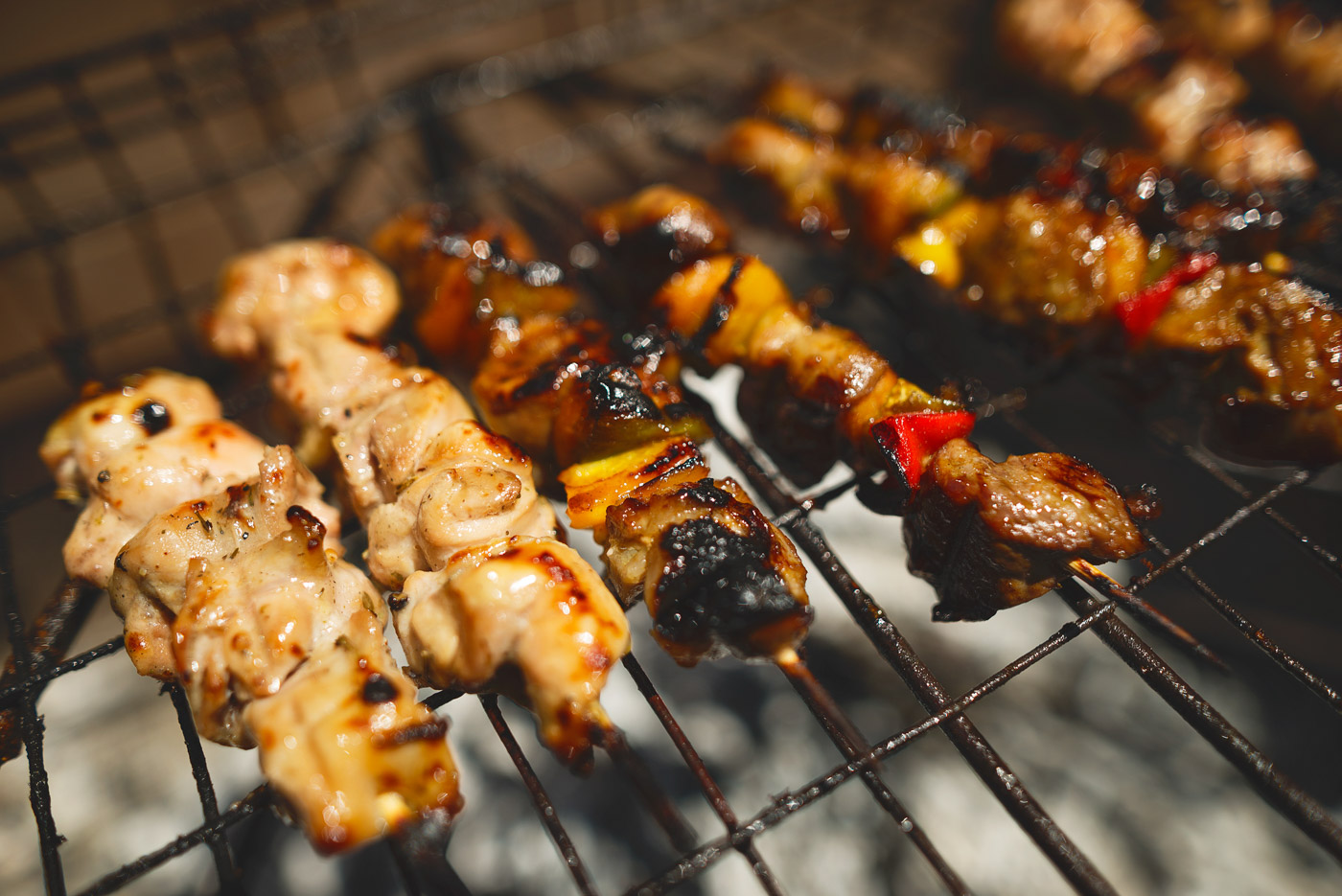
“When you want someone to be honest with you, call them for a braai,” says Hope Malau, a Cape Town food writer who grew up in a township in the country’s Northwest Province. “Braaing brings you closer to the people you don’t see that much during the week. It creates an atmosphere of comfort. We didn’t do much braaing when I was growing up, but now, I do it almost every weekend. Every corner in the township has a braai spot,” he says. There is usually a butcher inside or nearby, and customers can choose if they want the meat cooked. Venues can run the gamut, from a simple stand to places like Mzoli’s in Gugulethu, a Cape Town township, that are more of a party scene. In the established spots, meat is delivered to the table on large platters. Malau will even pick up some meat on the way to or from a soccer match, where it’s common to find vendors.
Braaing is evolving with the times; and in a country historically shaped by separation, the future is in accepting differences, not elevating one style over another. Regardless of gender or race, this feeling of fresh air and open space, blue skies or stars overhead, and importantly, the time to enjoy it all, is at the heart of being South African.







Our comments section is for members only.
Join today to gain exclusive access.